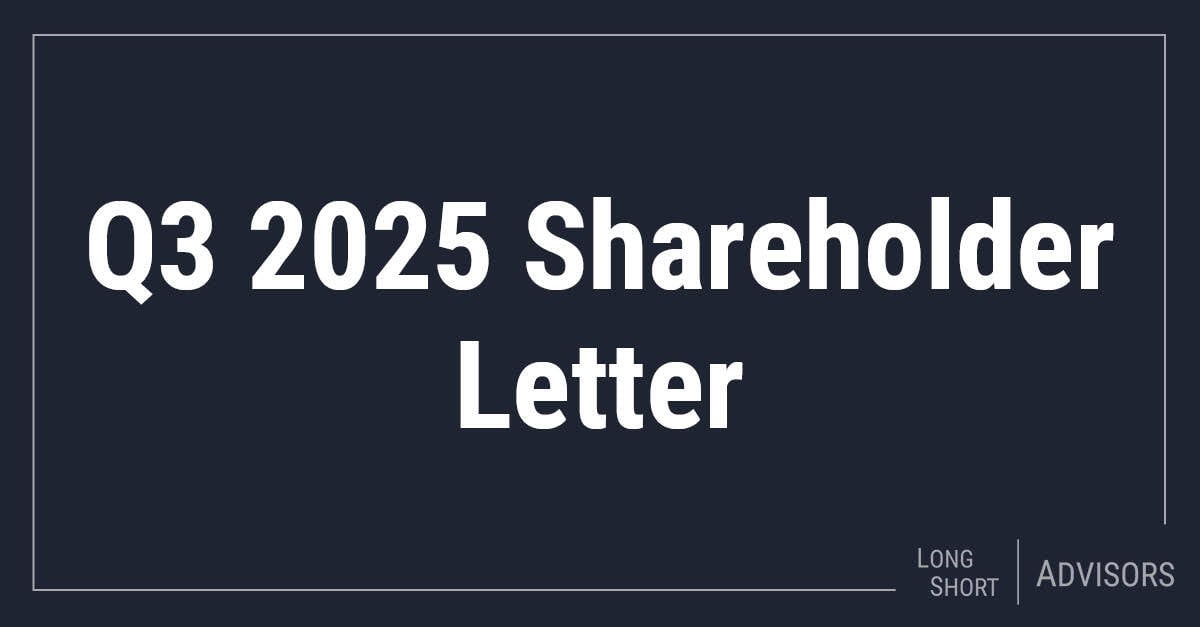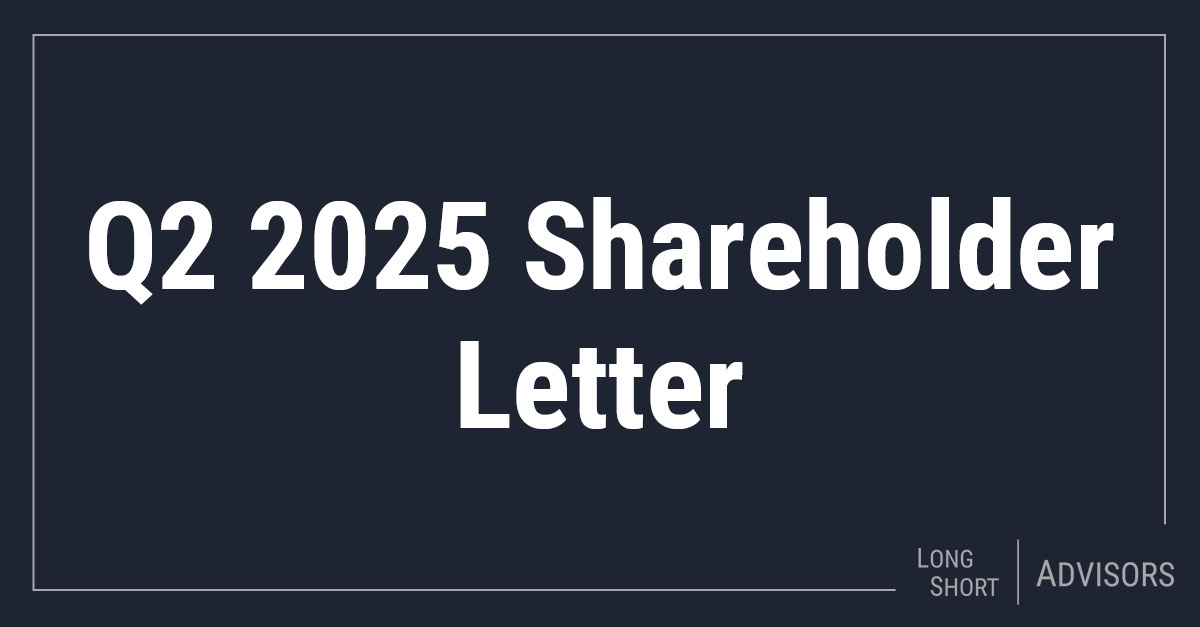A year ago, many market strategists and other pundits were predicting the arrival of a recession in 2023, tumbling rates of inflation by the second half of this year, and multiple rate cuts by the Federal Reserve before the year was out. Flash forward to today: The initial official estimate for real GDP growth in the third quarter was a sizzling 5.4%; inflation in services and wages has proven to be quite sticky; and the bond market is pricing in a significant chance of yet another increase in the Fed Funds rate before this year ends. No one, of course, foresaw the eruption of a savage war between Hamas and Israel, which has the potential to engulf the Middle East in conflict. It is just as the wise man Yogi Berra said, “It’s tough to make predictions, especially about the future.”
No, we can’t divine the future, but we can prepare for multiple possible scenarios (e.g., inflation, interest rate gyrations, volatile bond and stock markets) by constructing a well-diversified portfolio of assets with low, no or even negative correlations. Particularly in these uncertain times when the world is quite a mess, alternative asset classes such as long-short equity funds can play a valuable role in tempering total portfolio volatility, mitigating risk, and keeping the investor invested through difficult market environments.
The crux of the problem is the changing relationship between stocks and high-quality bonds like Treasuries. It seemed almost axiomatic that stocks and bonds moved in opposite directions such that in hard times for equities, bond prices would tend to rise (and interest rates decline), thereby cushioning losses in stocks and reducing overall portfolio volatility; in good times, equity gains would more than make up for losses in bonds.
Regime Change
This assumption generally worked until it came to a crashing halt in 2022 when, due to surging inflation and interest rates, losses in both stocks and bonds were in the double digits. To the surprise of many investors, bonds have struggled again this year (the Bloomberg US Aggregate Bond Index is down 2.5%, which would mark the third consecutive year of losses in the “safe” part of one’s portfolio). Moreover, the Wall Street Journal recently reported that the correlation of returns between the S&P 500 Index and long-term Treasury bonds is currently at a 20-year high of 0.50.
Jim Caron, Co-Chief Investment Officer of Global Balanced Funds at Morgan Stanley Investment Management, recently conducted some fascinating research into the history of bond returns and the performance of the benchmark 60/40 balanced portfolio of stocks and bonds.* He concluded that the 2-asset balanced portfolio achieved attractive returns with low volatility only because of the anomalous 40-year secular decline in interest rates (from 1982 to 2021 bond returns were positive in 36 of 40 years and the worst drawdown for the asset class, in 1994, was less than 3%).
In fact, Caron says the conventional wisdom of and confidence in the 60/40 portfolio didn’t really exist prior to the outlier of 40 years of declining rates. We now have a regime change in interest rates (most major central banks are saying that rates will stay higher for longer), and he posits that if rates simply trend sideways or drift higher, they will not serve as the reliable hedge for equities that they have for decades.
Out of Synch is Good
In this environment of uncertainty about rates and inflation (and much else) and with stocks and bonds often moving in tandem for a change, an allocation to a long-short equity fund makes sense. A well-managed fund can play both offense and defense—holding long positions in businesses with the potential for strong returns in any weather and short positions in companies that are, for instance, highly leveraged and likely to suffer in a climate of high interest rates and slowing economic growth. With the ability to reduce downside risk and volatility, a well-constructed long-short fund may provide a smoother ride than a long-only equity fund, bring some welcome diversification to a multi-asset portfolio, and help meet the goal of keeping investors calm across different market circumstances.
17549779-UFD-11/02/2023








